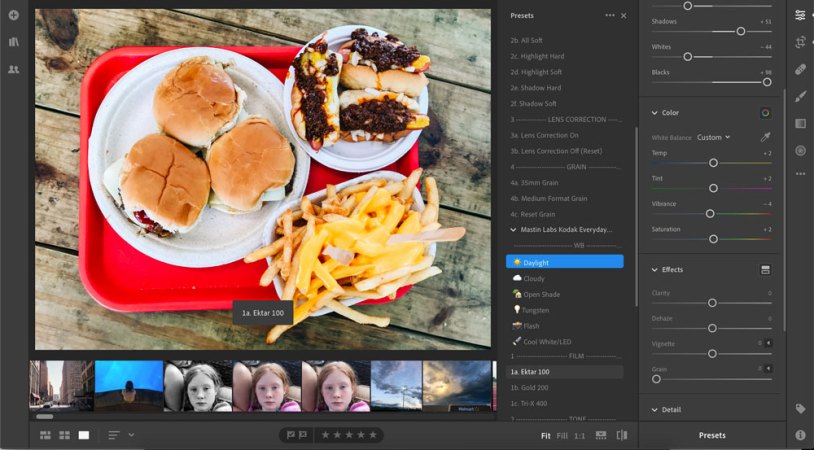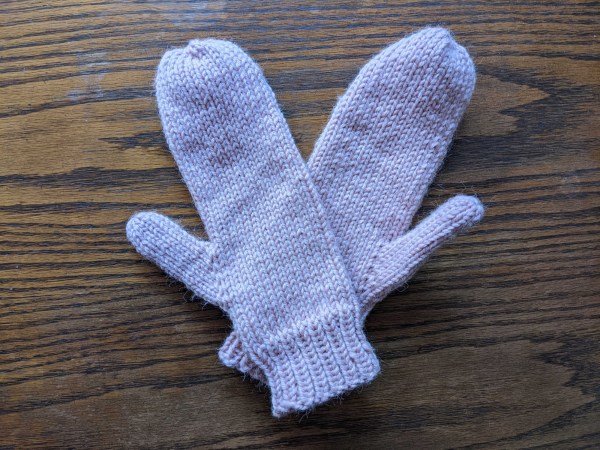

Like most families that enjoy travel, mine went from taking road trips and boarding cross-country flights to doing much of nothing in 2020. I had hoped that the reclusive lifestyle we adopted would be temporary and quickly reversible. But even as coronavirus cases in our area declined and scientists stressed that masking up and being outdoors would eliminate most risks of transmission, it was hard to get my children to budge from the home. My oldest preferred exploring virtual worlds on Roblox rather than visiting the real-life spaces we had once navigated.
With the virus and its variants still at-large, and the vaccine only a point on the horizon for young kids, many families are still adapting their weekend getaways to enjoy the last of the warm weather (with less of a threat of heatwaves and wildfires). While not every family will be eager to take long bike trips or hit the hiking trails, there is a way to stoke a child’s imagination in the great outdoors and offer them the chance to sleuth around. Welcome to geocaching.
How to get started with geocaching
When my kids were beginning to get addicted to screens, we needed a way to break the habit. That’s when we discovered geocaching: a global network of hiders and seekers who help design a scavenger hunt that takes place both virtually and in the real world. Today, there are 3 million caches concealed in 191 countries on all seven continents.
Essentially, the hiders, who can be anyone, place caches in everyday spaces such as parking lots, under benches, and along wooded trails. Then they go onto their preferred app or website, like Geocaching, and offer hints and information about where seekers can find these hidden treasures. The quarry might be as simple as a roll of paper that you add your name to, or as fun as a curious collectible, a bizarre riddle, or confusing fortune.
[Related: 5 activities to show kids that maps can be fun]
This gives families countless options to explore on their road trips. On the Geocaching app, which is the free tool that I use with my little ones, you can filter by location, difficulty of terrain, and how accessible they are. (Some caches are drive-up, which is great if one kid wants no part of the adventure.) After you complete a mission, mark the cache as found and add comments about your success. Or note your failures so you can revisit the spot when you’re in the area again. The app, which is available on Android and iOS, also has a premium option with advanced filters, a bookmarking feature, maps for offline use, and access to myriad off-road caches.
How to geocache during a road trip
While geocaching can be effective in getting the kids out of the house for a few hours, it is also a wonderful tool to break up an autumn road trip or help you avoid crowded spaces and indoor attractions.
Just like you might research the best eateries along a driving route, you can plot your geocache stops on the app in advance. If you know you will need a break halfway to your favorite leaf-peeping spot, find the ideal point on the Geocaching map and scope out the area for available caches. Make sure to read the full descriptions to confirm that the terrain and difficulty of the search suits everyone you’re traveling with.
If you don’t feel like pre-planning your geocache adventures, you can always browse the app en route when the kids announce they need to use the bathroom or when the backseat starts to rumble like a rodeo. Get the older children involved in the decision-making process by letting them scroll through the nearby caches and pick one for the family. For younger seekers, give them a preview of the clues to tee up the mystery. If all else fails, put the prizes front and center to really sell the chase.















